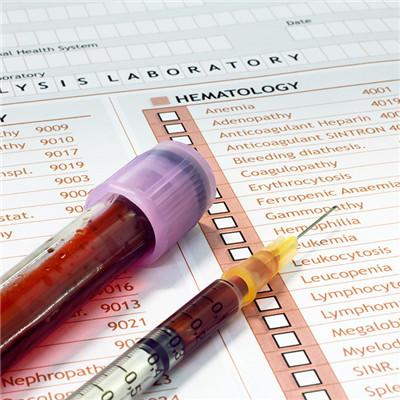What is adult respiratory distress syndrome?
summary
Adult respiratory distress syndrome (ARDS) is characterized by normal cardiopulmonary function, secondary acute osmotic pulmonary edema and progressive hypoxic respiratory failure due to extrapulmonary or intrapulmonary diseases. Although its etiology is different, but the pathological and functional changes of lung tissue injury are roughly the same, the clinical manifestations are acute respiratory distress, refractory hypoxemia, because its clinical similar to infant respiratory distress syndrome, but their etiology and pathogenesis are not the same, so it is called "adult" to show the difference. Let's share my experience with you.
What is adult respiratory distress syndrome?
ARDS usually occurs 24-48 hours after the initial injury or disease. First of all, dyspnea, usually shallow breathing speed. There may be intercostal space and suprasternal fossa depression during inspiration. Cyanosis and freckles may appear on the skin, which can not be improved by oxygen inhalation. Rales, snores or wheezes can be heard during auscultation, and may be normal.

Early diagnosis of dyspnea which may cause ARDS should be highly vigilant. At this time, the speculative diagnosis can be made by immediately measuring arterial blood gas and chest X-ray examination. This initial blood gas analysis revealed acute respiratory alkalosis: normal or decreased PaCO2, significantly decreased PaO2, and elevated pH.

Chest X-ray usually shows bilateral diffuse alveolar infiltration similar to acute cardiogenic pulmonary edema, but the heart shadow is usually normal. However, the X-ray changes are often many hours later than the functional changes, and are much more serious than the X-ray findings of pulmonary edema and hypoxemia. Although high concentration of O2 (FiO2) is inhaled, extreme hypoxemia often persists, indicating that right to left shunt is caused by atelectasis and consolidation of the lung, resulting in inability to breathe.

matters needing attention
At present, it is believed that for adult respiratory distress syndrome caused by non infectious factors such as irritant gas inhalation and fat embolism caused by traumatic fracture, the earlier the glucocorticoid is used, the better. After 4 days of onset, the curative effect is poor. The principle of its use is early, large amount and short-term treatment.













